Types of Media
Last updated on 2024-12-31 | Edit this page
Estimated time: 60 minutes
Multidimensional media is a term which covers various types of non-textual data. It is often used to refer to representational and derivative media created through digitisation processes or synthetic images produced via software. These processes often result in multi-part, multi-format and, often, large project files which describe the creation process.
We refer to media as multidimensional. This is because data experts structure information according to the dimensions used to store the data in the computer system.
For example, the name of one of your friends can be stored in a data type with 1-dimension:
John SmithMeanwhile, a table which stores the name of all your friends and their addresses will use a data type similar to a spreadsheet table.
| Name | Address |
|-----------------|-----------------|
| John Smith | 34 Street Rd |
| Marion Lopes | 105 Babel St |
The latter uses 2-dimensions as both rows and columns are used to organised the data.
Digital Images
Data in digital images is organised similar to tables, as pixels or picture elements, which are the smallest element of an image, are organised across 2-dimensions. We usually refer to these dimensions as the x, y axis.
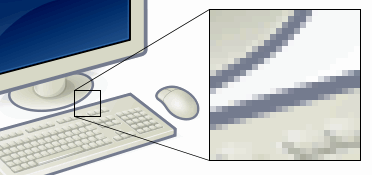
The image resolution usually refers to how many pixels an image has, either as a total or its width. This is why resolution is usually given in 2-dimensions, for example an image with a resolution of 800 × 600 pixels will have 800 pixels across the x-axis (its width), and 600 pixels across the y-axis (its height). The image will contain 480,000 pixels in total.

Meanwhile, the PPI or DPI (Pixels per Inch or Dots Per Inch) attributes of images refer to their pixel density. That is how many pixels there are in 1 inch (2.54 cm) in the display in which the image is rendered or in the printed image.
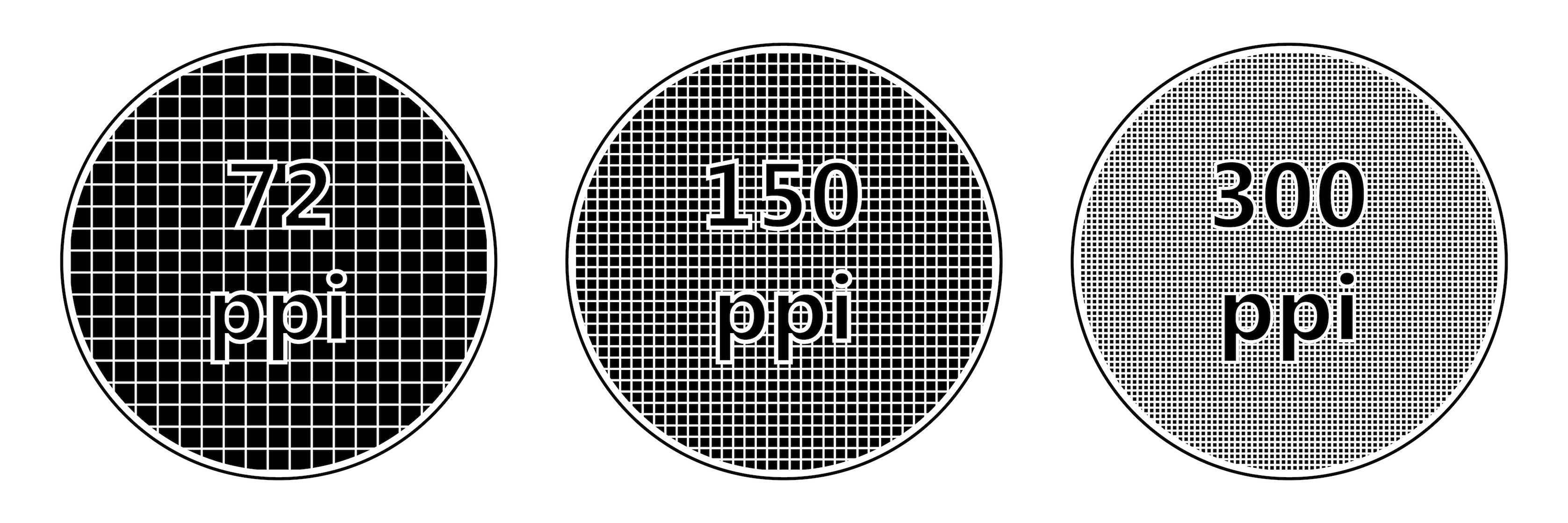
Example of digital images include digital photographs generated by a camera sensor (e.g. on a smart phone), or synthetic images created on directly on the computer (e.g. painting tools or generated by Artificial Intelligence software).
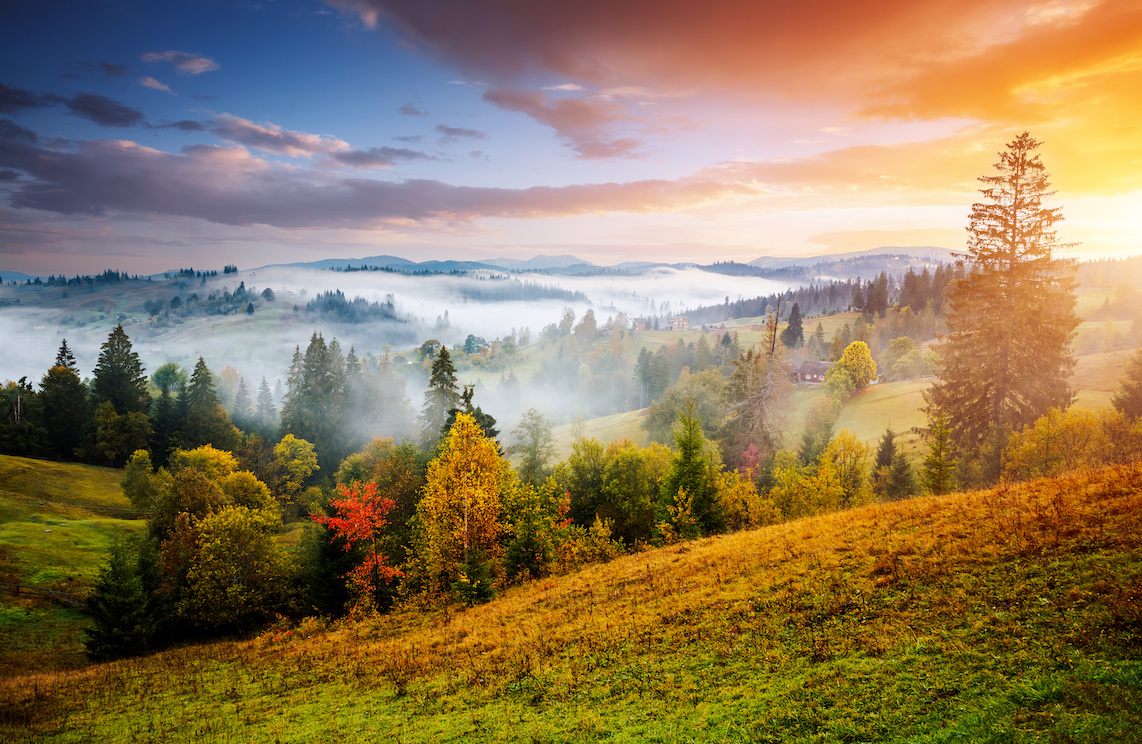
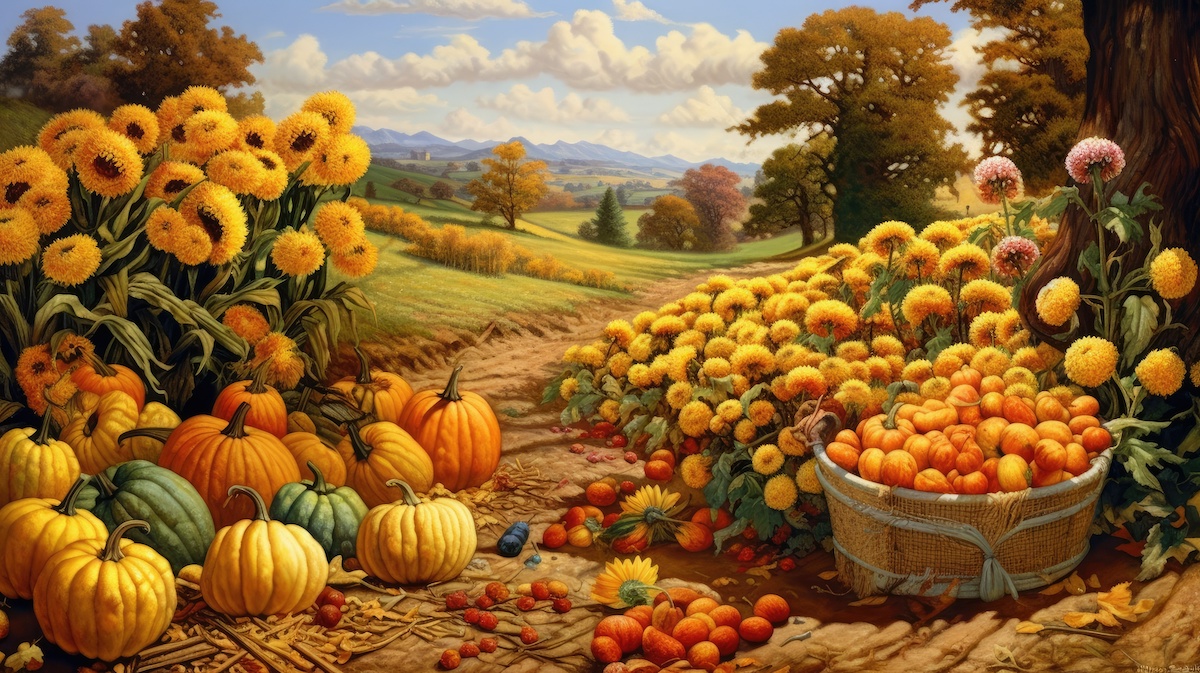
Given the wide-availability of camera sensors, including on smart phones and digital cameras, digital images are the widest available multidimensional media.
Image Platforms
Collections of images are found across many websites, and popular search engines now support image-based search which allows to search digital-images across websites giving an input image. See examples:
Challenge: Search for images
Save the image below and navigate in your browser to https://www.google.com/. Using the camera image on the search bar, search for the image.
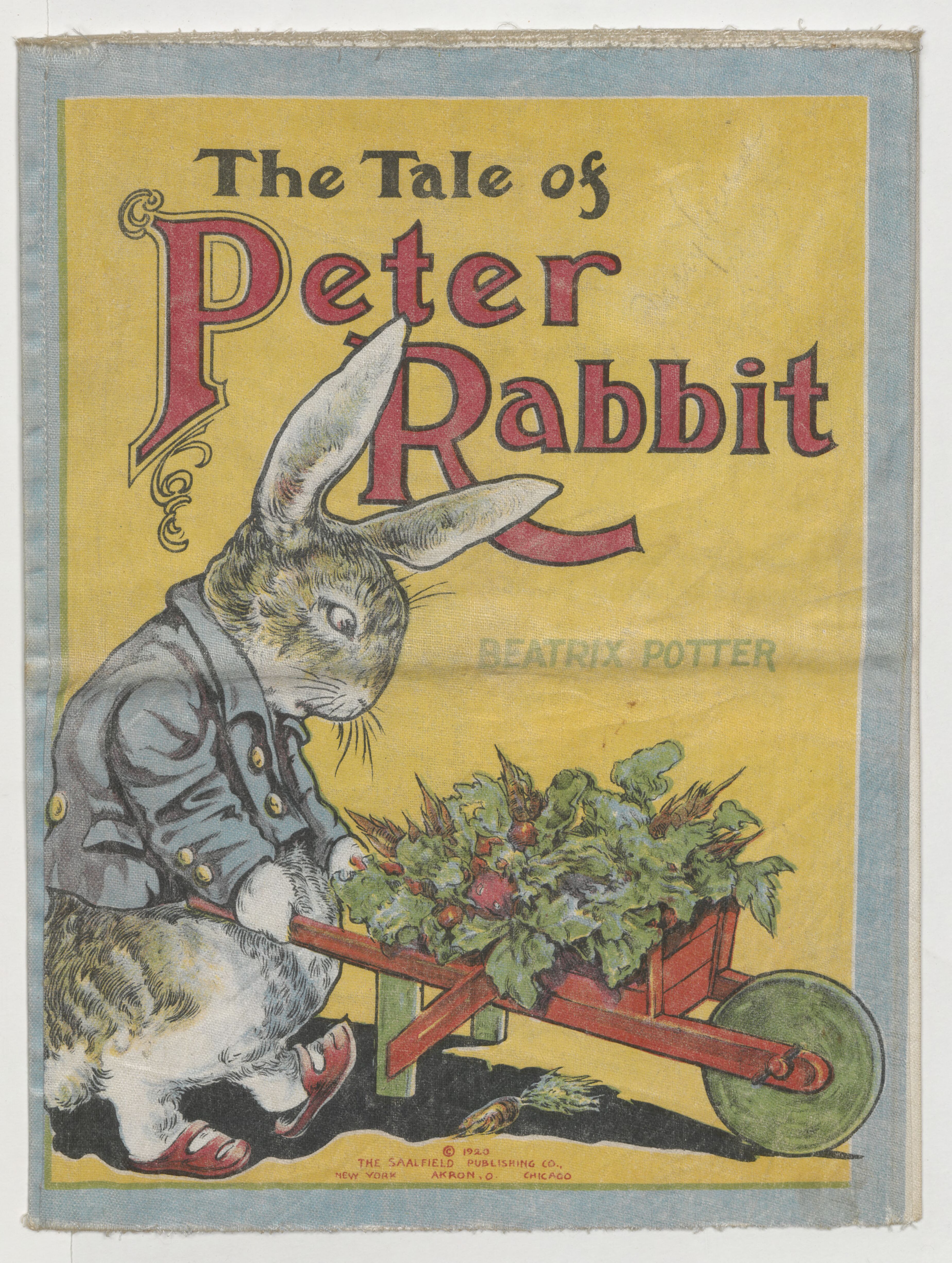
Image Formats
Finally, images are commonly stored using formats such such as:
- JPEG, short for Joint Photographic Experts Group, and PNG, short for Portable Network Graphics formats compress pixel information making the files size smaller.
- TIFF, short for Tag Image File Format, stores non-compressed information, making the file size larger.
Digital photography will make use of other formats, such as DNG or RAW to store raw image information. Other software store image projects in proprietary formats, meaning files can only be open by these.
Digital Video
Digital video could be considered a 2-dimensional or, even a 3-dimensional, type of media.
This is because a video contains many images or frames, which are stored in 2-dimensions as described above, and rendered sequentially.

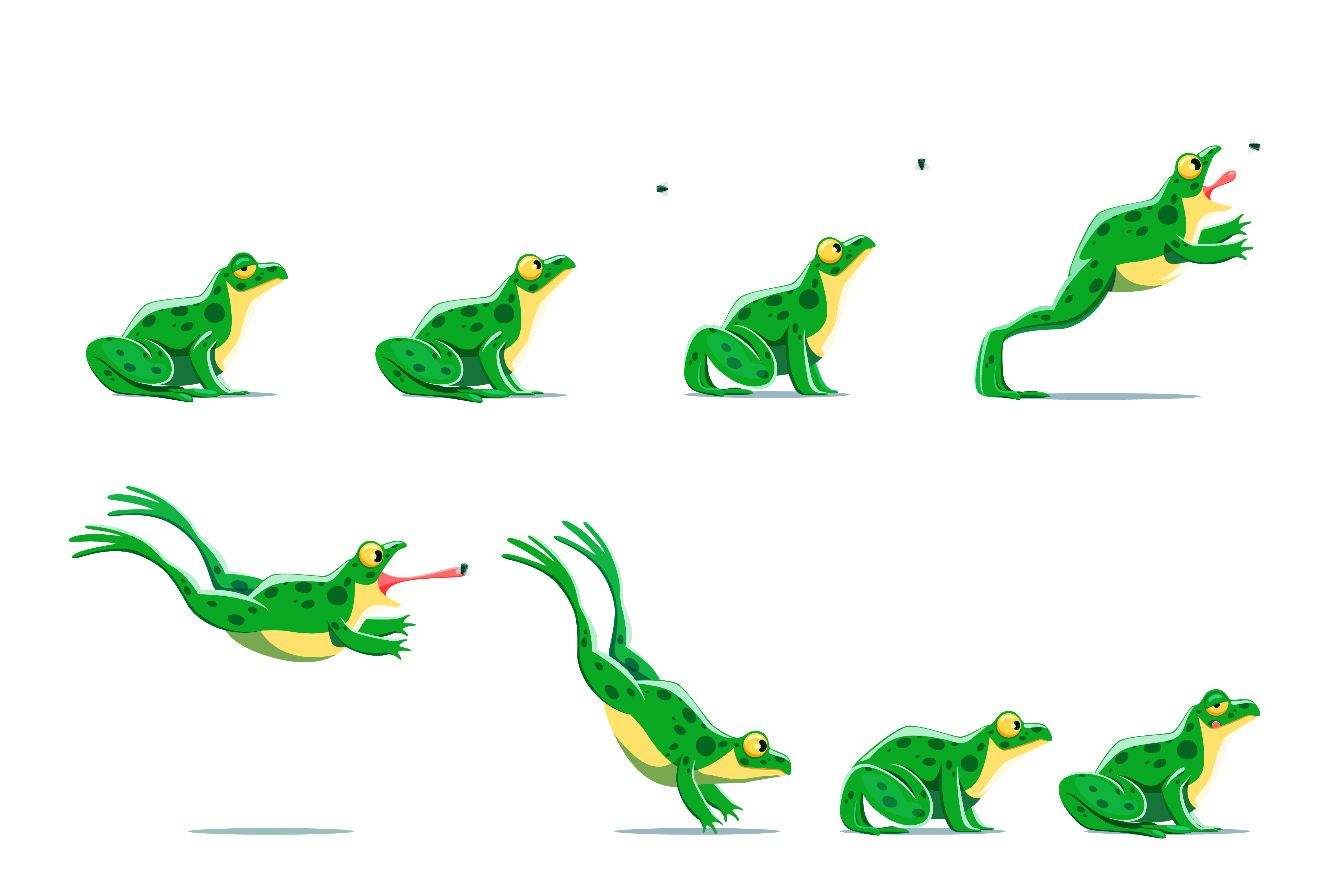
Videos also have a Resolution which is related to the images. The resolution will be the same for all the frames in a video file. For instance, a 4K video is usually made of frames which are X x Y in resolution.
The rate at which frames are displayed is usually referred to as Frames Per Second or FPS. For reference, TV and movies are usually displayed at 24 FPS.
Video Platforms
Video is also a popular type of content, as there are many other platforms on the web which allow users to easily share their media. See examples:
Note that while images can be downloaded by web browsers, it is not always possible to download video from these websites. Many times, video is only made available through a media player.
Video Formats
There are many formats to store video and audio, including those supported by webpages:
- MP4 (MPEG-4) is a common container format which can play in almost all devices and over the web.
- WebM and OGG are open video formats.
There are many others formats.
Note that videos with higher resolution and FPS will be larger and hence, challenging to send via email or download over the web.
3D Images or Models
A 3D model is a 3-dimensional type of media. It describes 3D shapes along with other information related to their appearance, e.g. colour information.
To understand how 3D models are described and displayed in the computer, we need to understand two concepts: vector and raster data.
There are resources here to learn more about processes for 3D model production:
- CARARE Introduction to the 3D workflow
- Photogrammetry
- Basic principles and tips for 3D digitisation of cultural heritage
Vector Data
Regardless of the process, the output of these processes, in most cases will produce a 3D model file which contains vector data.
These data include:
- Points or vertices described in a 3D space.
- Information on how the points are connected to form shapes such as triangles, which is known as the topology or connectivity of the 3D model.
- Colour or texture (image) information which describe its appearance.
Raster Data
Rasterisation is the process to go from a vector description into a raster image.
The raster image is the pixel-based representation of the vector description.
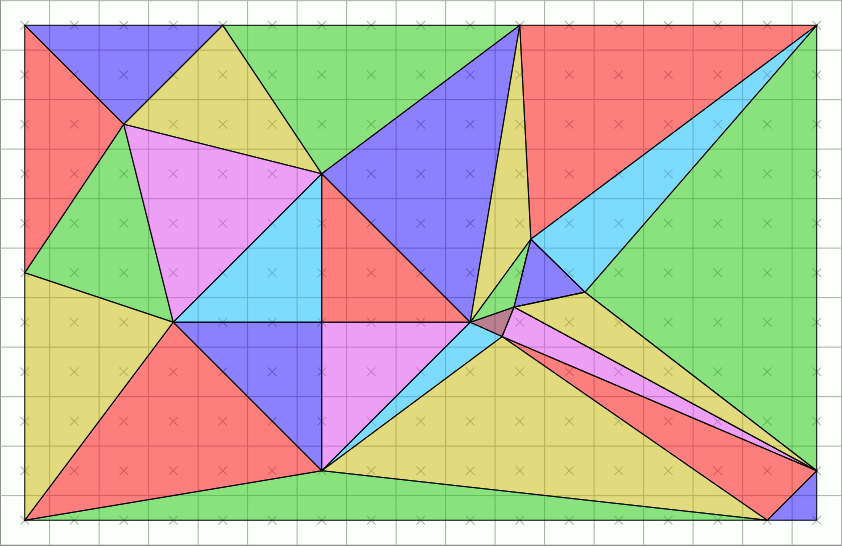
3D models are rendered as raster images on the screen, smartphone or any other display device (e.g. a Virtual Reality headset). The computer will have to compute this raster image in real-time, which is why 3D models which contain many vertices can be slow to render.
Examples of 3D models
We tend to use 3D model to refer to many types of spatial data.
For example, see below an example of a 3D model of an architectural space.
This is a 3D model of an individual object.
© Trozzella (Messapian pottery) from VisualMedia Service
In many cases, the 3D data can be mostly points in 3D space as shown below.
Spatial data can also be recorded with an additional parameter - time.
For instance, motion capture devices will generate vector data which changes many times within a second. We call this measure sampling rate per second.
Motion Capture Dataset © Antonio d’Angelo / Effigy, 3D animated model from Sketchfab
3D Model Platforms
Popular format platforms include:
As with video, the viewers for 3D models normally allow to visualise and interact with the information. But these viewers do not always allow to download the model that is viewed.
3D Model Formats
There are many file formats for 3D images or models including:
- GLTF (JSON/ASCII) or GLB (binary) is the standard Graphics Library Transmission Format which is commonly used for 3D models on the web.
- OBJ, USD and PLY are popular format for 3D data which support additional information, such as textures or colour.
- STL is a popular format in 3D printing and rapid prototyping.
Other proprietary formats such as FBX and 3DS will contain vector information on scenes.
The number of points/vertices or triangles are used to determine the resolution of the 3D model. Note that, as with images and video, 3D models that have a larger number of vertices, for example, over 100,000 will have a larger size. This has an impact on how long it takes to download, load or render this content.
Gathering Multidimensional Files
Great variety of multidimensional content is available through the various platforms for research, education, entertainment and storytelling among other applications.
Some aggregation websites offer access to a variety of visual content, including:
Other discipline specific or museum sites include:
- Journal of Digital History Journal
- Brighton and Hove Museums
- Victoria and Albert Museum
- Science Group Museum
Some general advice when looking for content for your projects includes:
- Download the multimedia file where possible and store locally or on the repository where you are curating the data set.
- Use the maximum resolution possible. It is always possible to reduce the number of pixels, but not to increase them.
- Record basic metadata about the file, including the reference and copyright to the image.
If you are doing additional research look at data models, such as the Dublin-CORE cross domain set, which contains useful information to store, including:
- Title
- Subject
- Description
- Date
- Resource Type
- Format
- Resource Identifier
- Language
- Rights Management
- Remember to use a suitable file name to keep easy track of the media and its provenance. If the file it is too large, it is possible to resize and save again in medium and low quality.
For example:
WebsiteFromWhereFileWasDownloaded_ResourceID_[high|medium|low].[format] This will become:
Flick_photo1234_high.png
Flick_photo1234_medium.png
Flick_photo1234_low.pngControlled vocabularies
To facilitate the quality of documentation, findability, access and long-term preservation of data, controlled vocabularies can be also used to help with adding the above-mentioned and further data. Essentially, controlled vocabularies, with their standardised terms and language, describe artefacts, objects, or concepts within a specific domain and help organise and communicate information in databases and information systems.
Some of the most well-known and used vocabularies in the cultural heritage domain are:
- The Getty Art & Architecture Thesaurus (AAT)
- The Getty Thesaurus of Geographic Names (TGN)
- The Union List of Artist Names (ULAN)
- The Cultural Objects Name Authority (CONA) (in progress)
- The Library of Congress Subject Headings (LCSH)
- PeriodO - A gazetteer of periods for linking and visualizing data
More vocabularies in the heritage domain exist and serve different purposes. Some further examples from Historic England, Historic Environment Scotland and the Royal Commission on Ancient & Historical Monuments of Wales (RCAHMW) can be found here.
Tools to map vocabularies also exist, such as the Vocabulary Matching Tool by the University of South Wales and the Vocabulary Matching Tool by the EU Horizon 2020-funded AriadnePlus project.
The organisation of terms within controlled vocabularies typically adheres to a taxonomy. Taxonomies categorise or classify vocabularies usually in a hierarchical way. An interesting taxonomy in the field of Digital Humanities is the TaDiRAH Taxonomy of Digital Research Activities in the Humanities.
More information about controlled vocabularies can be found in the following resources:
Europeana (2021). Webinar: Using Vocabularies and Linked data: #Connecting Archaeology. Retrieved from: https://pro.europeana.eu/event/using-vocabularies-and-linked-data-connecting-archaeology
Getty Center. Vocabularies for Cultural Heritage Objects. Retrieved from: https://www.getty.edu/research/publications/electronic_publications/intro_controlled_vocab/cultural_objects.pdf
Harpring, P. (2023). Getty Vocabularies and Linked Oped Data (LOD). Retrieved from: https://www.getty.edu/research/tools/vocabularies/Linked_Data_Getty_Vocabularies.pdf
Key Points
Digital Images are organized using pixels, the smallest elements of an image, which are arranged across 2 dimensions (x and y axis).
Image resolution refers to the number of pixels, and it is usually given in 2 dimensions (e.g., 800 × 600 pixels).
Digital Video is a 2-dimensional or even 3-dimensional type of media.
Videos consist of multiple frames stored in 2 dimensions (like images).
Videos also have a resolution and frame rate (Frames Per Second).
3D Images or Models are files containing vector data describing spatial information.
Rasterization is the process of converting vector graphics into raster images.
Various aspects need to be considered when collecting, storing, and managing multimedia files effectively.
Recording metadata and using appropriate file naming conventions is important.
